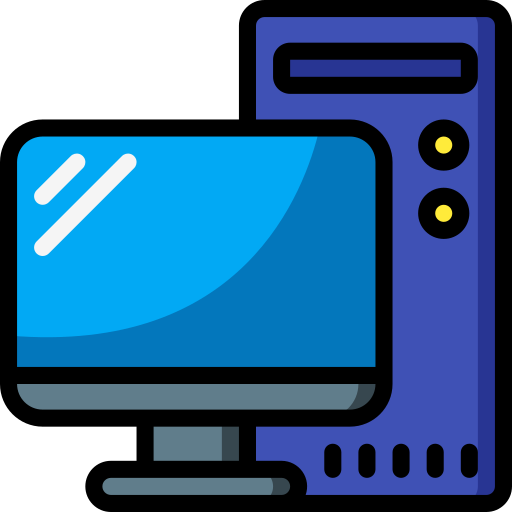Mooching off this other post
Primary question: What do people do for their reverse proxies (and associated ACME clients)? Do you have a single unified one? Or do you use separate proxies for each stack? Or some mess in between?
My use case question: For example, I have a (mess that is a) Nextcloud instance with a separate stack with nginx and ACME, a SearXng that wants to run caddy (but has shoved into the nginx).
But now I have a Lemmy docker that has a custom(?) nginx instance, should I just port it to my existing nginx or run them side by side?



Here’s an overview of the Let’s Encrypt DNS challenge type in case you haven’t seen it: https://letsencrypt.org/docs/challenge-types/#dns-01-challenge
Basically, when Traefik goes to request or renew a certificate, Let’s Encrypt tries to look up a special DNS record on your domain so you can prove that the request for the certificate is legit. To make that work, Traefik first hits your DNS provider via API and temporarily inserts that special record so it’s there when Let’s Encrypt performs the lookup for it. In my particular case, I’m using self-hosted PowerDNS and it’s built-in API (configured to only respond via a Wireguard tunnel). But you don’t have to self-host DNS for this to work… Traefik has a long list of supported providers: https://doc.traefik.io/traefik/https/acme/#dnschallenge
Oh this look great, thanks!
So there is no port forwarding needed? Works behind CG-NAT?
No port forwarding needed and works behind CG-NAT—assuming your DNS server is hosted elsewhere.
That’s great!